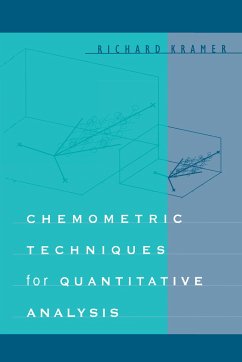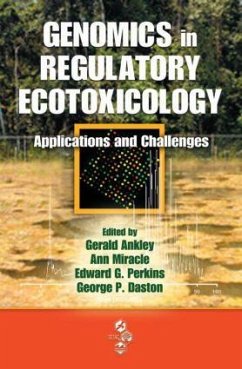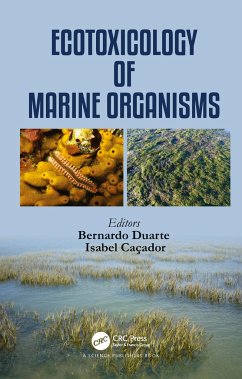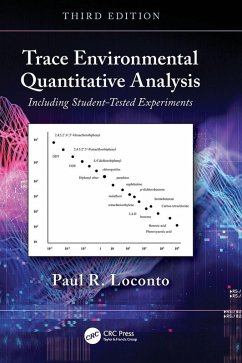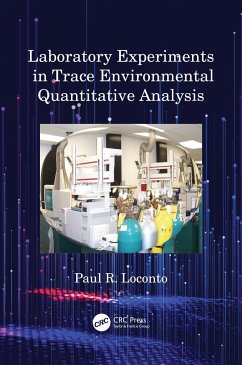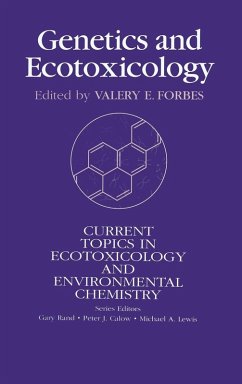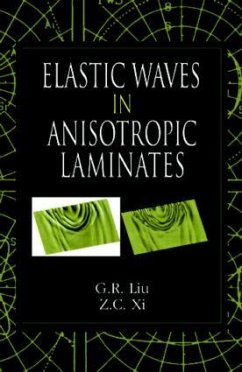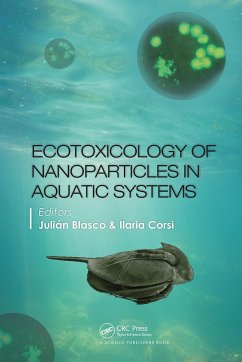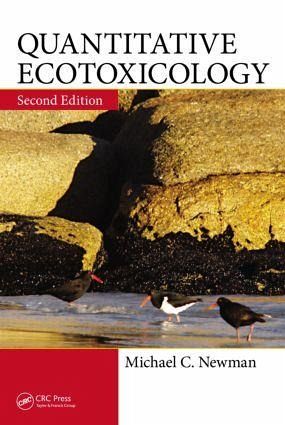
Quantitative Ecotoxicology
Versandkostenfrei!
Versandfertig in 1-2 Wochen
212,99 €
inkl. MwSt.
Weitere Ausgaben:

PAYBACK Punkte
106 °P sammeln!
Quantitative Ecotoxicology, Second Edition explores models and methods of quantitative ecotoxicology at progressively higher biological scales using worked examples and common software packages. It complements the author's previous books, Fundamentals of Ecotoxicology, Third Edition and Ecotoxicology: A Comprehensive Treatment. Encouraging a more rigorous inferential approach to research, the book examines the quantitative features of the science of ecotoxicology. The first chapters lay the foundation by introducing fundamental concepts and definitions. The author traces the historical perspec...
Quantitative Ecotoxicology, Second Edition explores models and methods of quantitative ecotoxicology at progressively higher biological scales using worked examples and common software packages. It complements the author's previous books, Fundamentals of Ecotoxicology, Third Edition and Ecotoxicology: A Comprehensive Treatment. Encouraging a more rigorous inferential approach to research, the book examines the quantitative features of the science of ecotoxicology. The first chapters lay the foundation by introducing fundamental concepts and definitions. The author traces the historical perspective, rationale, and characteristics of scientific ecotoxicology as well as the general measurement process. He also considers methodologies for defining and controlling variance, which could otherwise exclude valid conclusions from ecotoxicological endeavors. The book then discusses ecotoxicological concepts at increasing levels of ecological organization and outlines quantitative methods used to measure toxicant accumulation and effects. Reflecting the importance of establishing type I and type II error rates, it highlights design issues, particularly sample size and power estimation. The final chapter summarizes the book with a brief discussion of ecotoxicology from a nonregulatory perspective. Extensively updated, this second edition has been expanded to include terrestrial as well as aquatic ecotoxicology. Requiring only a basic knowledge of statistics, this highly readable book is suitable for graduate students and researchers as well as practicing environmental scientists and engineers. It guides readers to better understand the fate and effects of toxicants in the biosphere-and helps them frame this understanding in quantitative terms. What's New in This Edition More than 40 new figures and 20 new worked examples Updated measurement quality methods and software Expanded coverage of synecological models and methods More integration of Bayesian concepts Appendices for power analysis and basic matrix methods Additional mixture toxicity and up-and-down methods Greatly expanded discussion of significance testing Expanded discussion of metapopulations Matrix tools for population demography Light isotope-based models for trophic transfer of toxicants Inclusion of metacommunity and SHE analysis techniques R script examples by Eduard Szöcs (University Koblenz-Landau) available at http://edild.github.io/blog/categories/quantitative-ecotoxicology-with-r




